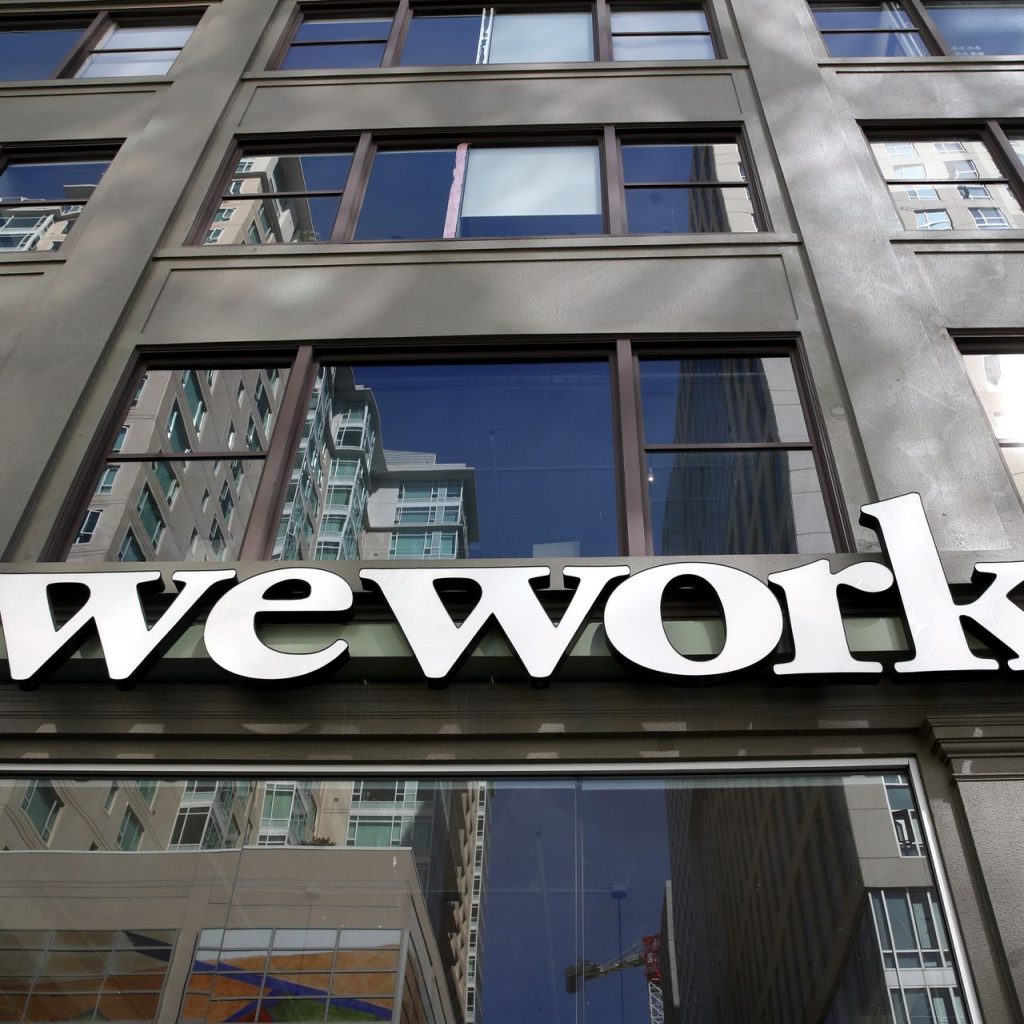Throughout 2018 TwinRock Power Exchange has been observing the increase in investor preference for debt investments over equity. At first glance this shift in investor sentiment might not make sense. But by analyzing this trend more closely, we note there are some very valid – and profitable – reasons why debt as an investment is a growing asset class
Three factors that are making debt an attractive investment
There are three main reasons why investors were embracing debt investments in 2018:
- Property yields have been declining as too much money chases too few deals. Real estate prices are at historic highs, cap rates are at historic lows with spreads tightening between primary and secondary markets, and in many areas there’s simply not enough product worth investing in given existing price points.
- Current and future rate hikes by the Federal Reserve and other global central banks – combined with high real estate prices – are creating an environment where many real estate investments no longer make financial sense.
- Lenders are becoming more cautious and risk averse. In fact, with the exception of multifamily and industrial lending on the upswing, commercial real estate lending in the U.S. among all other asset classes is slowing down.
Investing in real estate debt offers an opportunity for strategic reallocation of capital
As a growing number of traditional lenders are taking a step back, private equity and non-traditional lenders are stepping up. The decline in traditional lenders is creating opportunities for strategic investment in debt that offer better risk-adjusted returns than most equity investment options now provide.
This is causing the real estate capital stack to change. Where traditional bank loans plus equity were once the norm, the structure of mezzanine financing plus preferred equity is becoming more prominent.
Investing in debt along the entire risk-and-reward spectrum
Options for investing in debt exist along the entire risk-and-reward curve. Senior lending provides the debt investor with the lowest level of risk and is attractive to both commercial banks and non-traditional lenders such as insurance companies and pension funds.
Debt investors willing to accept a higher level of risk in exchange for a higher yield are finding mezzanine financing an attractive option. This is a debt investment strategy that private equity funds and real estate debt funds are increasingly pursuing.
How real estate debt investment strategies are being used
Interest in real estate debt as an alternative asset class is rapidly rising. Some of the ways that real estate debt investment strategies are being used include:
- In the residential real estate market debt investors are providing development loans and junior loans
- Non-performing loans, or NPLs, are being purchased by debt investment funds from national asset managers and traditional commercial lenders
- As traditional lenders lower LTV ratios opportunities are being created for debt investment with mezzanine financing or secondary-senior loans
As with any other type of investment, investors deploying capital into this alternative asset class should exercise caution. But as interest rates rise and yields on traditional real estate equity investments decline, real estate debt investors are finding a growing number of opportunities for risk-adjusted returns.
Join Our Newsletter!




